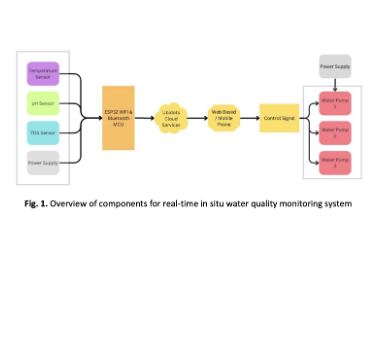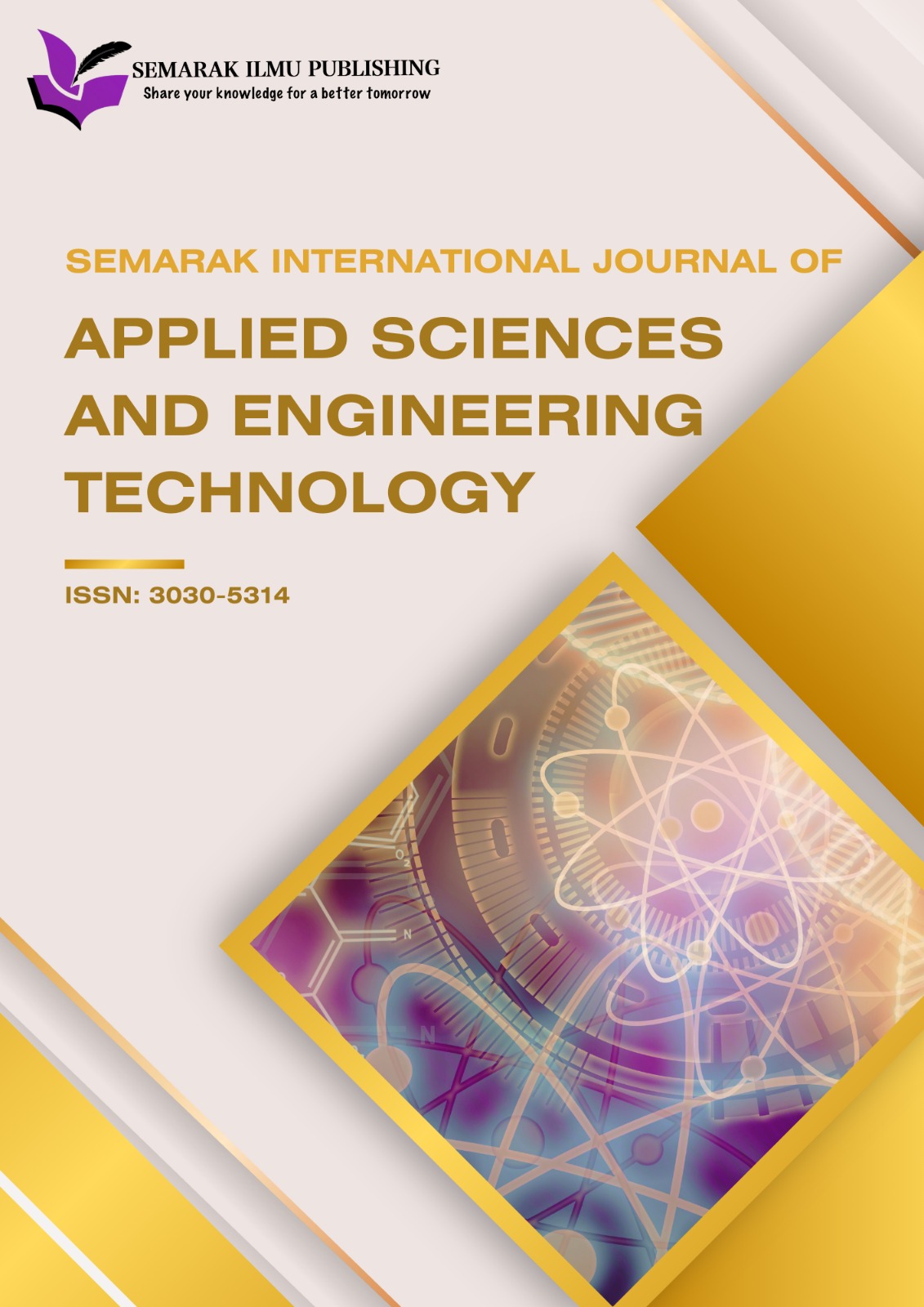Real-Time In Situ Water Quality Monitoring: Experimental Validation using Unmanned Surface Vehicle (USV)
DOI:
https://doi.org/10.37934/sijaset.5.1.115Keywords:
Unmanned Surface Vehicles, environmental monitoring, water quality, sensorsAbstract
Water is a precious resource and one of the most essential components for life. It is imperative to ensure that water is safe for human consumption and ecosystem sustainability. However, the rapid urbanization and industrial activities have significantly impacted water resources, necessitating an efficient monitoring system. Traditional methods of water quality monitoring are labor-intensive, time-consuming, and provide limited coverage and outdated information. This study presents a real-time water quality monitoring system for in situ water sampling that continuously assesses key parameters such as pH, temperature, and electrical conductivity, through a web-based user interface for data storage, visualization, future analysis as well as remote and multi-user collaboration. The system utilizes unmanned surface vehicle (USV) prototype, embedded locomotion system, sensors for pH, temperature, and electrical conductivity with an ESP32 microcontroller. The sensors collect data at several sampling points and different depth from water surface, which is wirelessly transmitted to Web-based application. The data is then processed, stored, and visualized in real-time, enabling continuous monitoring. Data collected over a specified period showed significant variations in water quality parameters, which were effectively captured and analyzed in real-time. The result demonstrates that there are distinct trends for each parameter at 10 cm and 20 cm depth under the water surface. Deeper waters (20 cm depth) tend to have more stable conditions, as they are less directly impacted by external factors. This experimental validation at Universiti Teknologi Malaysia (UTM) lake provides insights into the environmental dynamics affecting water quality at different depths as well as the usability and autonomous navigation of our USV platform.










